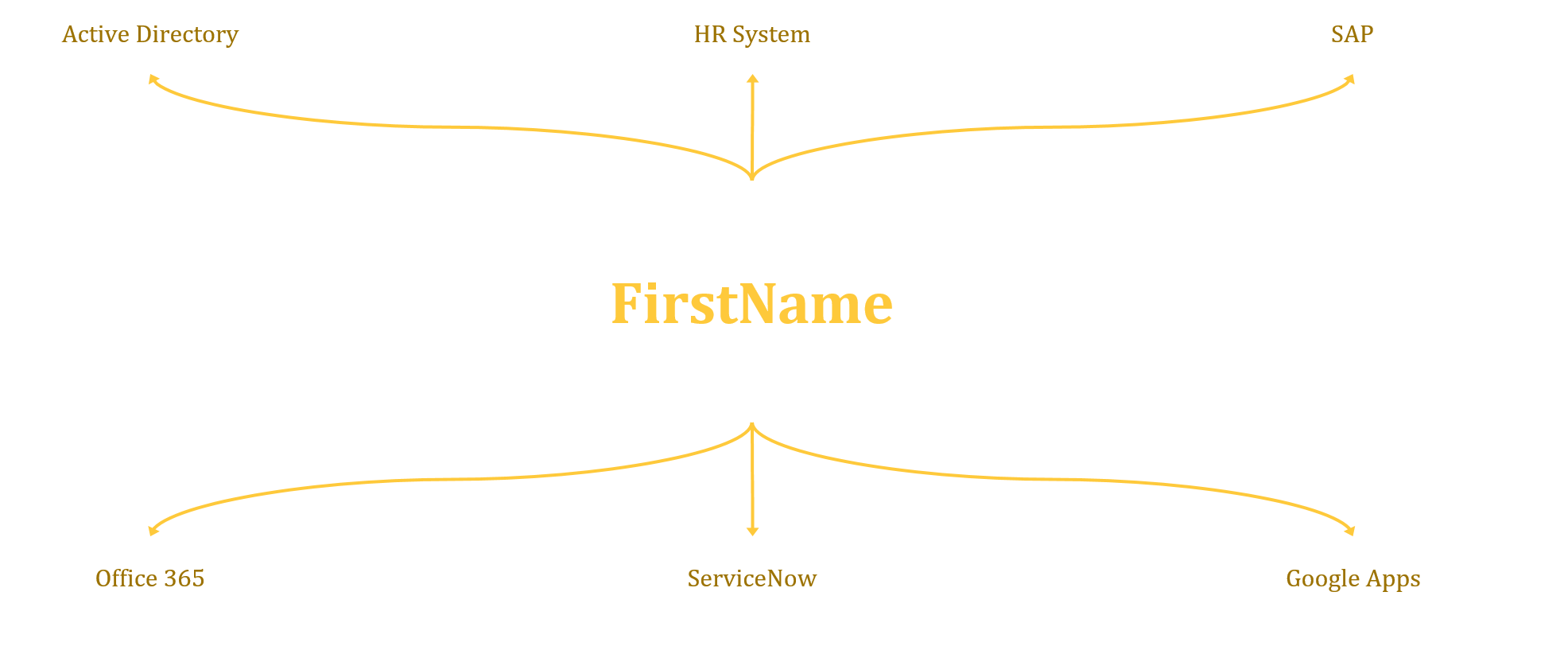
5 Tips: Designing Better Bots
Around about now many of you will be in discussions internally or with your partners on chatbots and their applications.
The design process for any bot distils a business process and associated outcome into a dialog. This is a series of interactions between the user and the bot where information is exchanged. The bot must deliver that outcome expediently, seeking clarifications where necessary.
I’ve been involved in many workshops with customers to elicit and evaluate business processes that could be improved through the use of bots.… [Keep reading] “5 Tips: Designing Better Bots”





 In this post I will talk about data (aka the source)! In IAM there’s really one simple concept that is often misunderstood or ignored. The data going out of any IAM solution is only as good as the data going in. This may seem simple enough but if not enough attention is paid to the data source and data quality then the results are going to be unfavourable at best and catastrophic at worst.
In this post I will talk about data (aka the source)! In IAM there’s really one simple concept that is often misunderstood or ignored. The data going out of any IAM solution is only as good as the data going in. This may seem simple enough but if not enough attention is paid to the data source and data quality then the results are going to be unfavourable at best and catastrophic at worst.